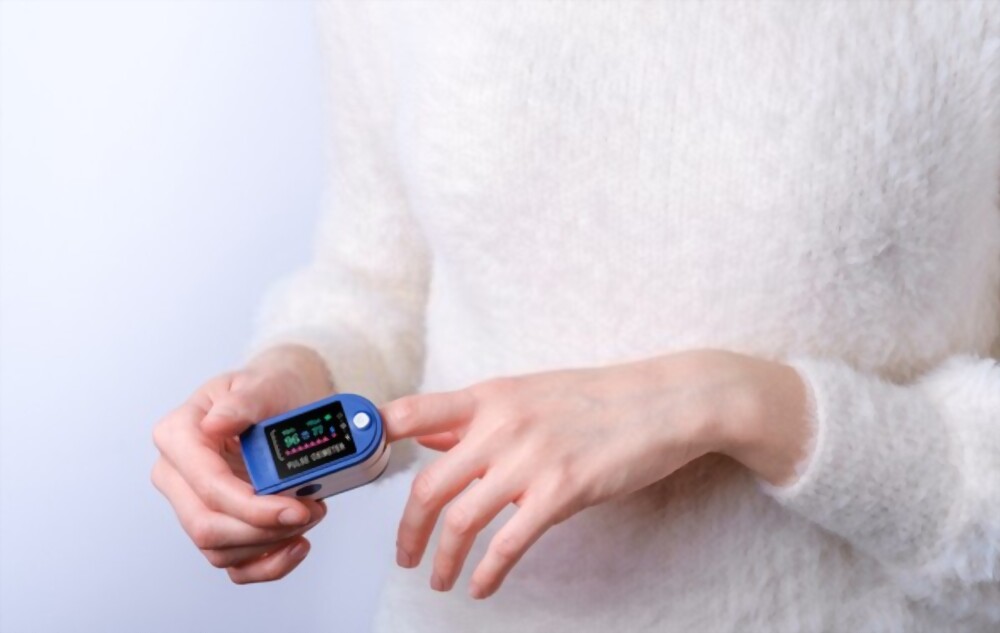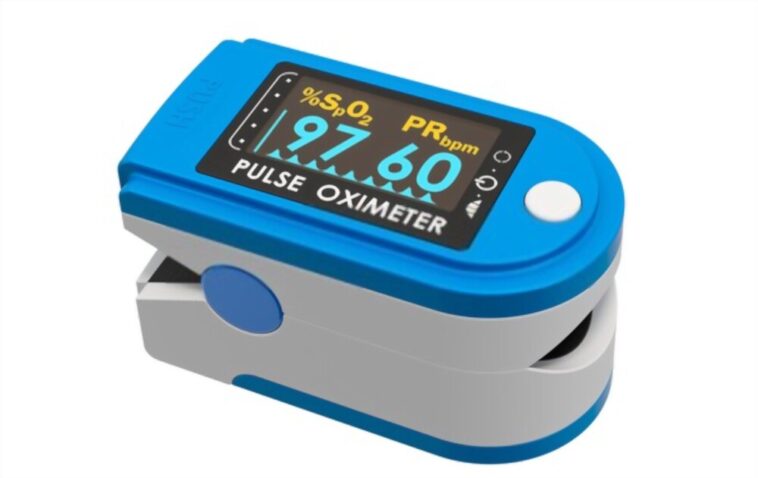Introduction
Pulse oximeters are small, non-invasive devices that are used to measure the oxygen saturation of the blood. This is a vital measurement for healthcare professionals, athletes, and individuals with certain medical conditions, as it helps to determine if the body is receiving enough oxygen. But with so many pulse oximeters on the market, how can you choose the best one for your needs? In this comprehensive guide, we will explore the various factors you should consider when selecting a pulse oximeter, as well as the best options for different situations.
1. What Is Pulse Oximetry?
Pulse oximetry is a non-invasive method of measuring the oxygen saturation of the blood. Oxygen saturation, or SpO2, is the percentage of hemoglobin in the blood that is saturated with oxygen. A healthy individual typically has an oxygen saturation level of 95-100%. Pulse oximeters use infrared light to measure the difference in light absorption between oxygenated and deoxygenated blood, providing an accurate and immediate reading of oxygen saturation levels.
Pulse oximetry is essential in various medical situations, such as during surgery, in the emergency room, and for patients with respiratory conditions like asthma, chronic obstructive pulmonary disease (COPD), or sleep apnea. Athletes and pilots may also use pulse oximeters to monitor their oxygen levels during high-intensity activities or at high altitudes.
2. Types Of Pulse Oximeters
There are several types of pulse oximeters available, each designed for specific situations and needs. The most common types include:
a) Fingertip Pulse Oximeters: These small, portable devices clip onto the fingertip and are the most popular choice for at-home use. Fingertip pulse oximeters are easy to use, relatively inexpensive, and provide accurate readings for most individuals.
b) Handheld Pulse Oximeters: Handheld devices are commonly used by healthcare professionals in clinical settings. They typically have a probe that connects to the main unit, allowing for more flexibility in taking measurements from different body parts, such as the earlobe or toes. Handheld pulse oximeters often have more advanced features and provide more accurate readings than fingertip models.
c) Tabletop Pulse Oximeters: These larger, stationary devices are used in hospitals and clinics. They provide continuous monitoring of oxygen saturation levels and often include additional features, such as alarms and data recording capabilities.
d) Wrist-Worn Pulse Oximeters: These devices are worn around the wrist, similar to a watch, and have a probe that attaches to the fingertip. Wrist-worn pulse oximeters are ideal for overnight monitoring, such as for individuals with sleep apnea.
3. Factors To Consider When Choosing A Pulse Oximeter
When selecting a pulse oximeter, consider the following factors:

a) Accuracy: The most important factor to consider is the accuracy of the device. Look for pulse oximeters with an accuracy rating of ±2%, which is the industry standard for these devices.
b) Reliability: Choose a device from a reputable manufacturer with a history of producing reliable pulse oximeters. Read reviews and consult with healthcare professionals to ensure you are selecting a high-quality device.
c) Ease of Use: The pulse oximeter should be simple to operate, with a clear display and easy-to-understand instructions.
d) Portability: Consider whether you need a portable device for on-the-go monitoring or a more stationary device for continuous monitoring.
e) Additional Features: Some pulse oximeters include features like alarms, data storage, and Bluetooth connectivity. Consider whether these features are essential for your needs.
4. Best Pulse Oximeters For Different Needs
Based on the factors mentioned above, here are some recommendations for the best pulse oximeters for various needs:
a) Best Fingertip Pulse Oximeter For Home Use: Zacurate Pro Series 500DL – This device is known for its accuracy, ease of use, and affordability, making it a popular choice for at-home monitoring.
b) Best Handheld Pulse Oximeter For Healthcare Professionals: Nonin Medical GO2 Achieve – This device offers advanced features and high accuracy, making it ideal for clinical settings.
c) Best Tabletop Pulse Oximeter For Continuous Monitoring: Nellcor Bedside SpO2 Patient Monitoring System – This device is designed for hospital use and provides continuous monitoring with advanced features and alarms.
d) Best Wrist-Worn Pulse Oximeter For Overnight Monitoring: CMS 50F Wrist-Worn Pulse Oximeter – This device is ideal for individuals with sleep apnea or those who require overnight monitoring, as it is comfortable to wear and provides accurate readings.
5. Frequently Asked Questions
Q: Are Pulse Oximeters Safe To Use?
A: Yes, pulse oximeters are non-invasive and considered safe for most individuals. However, it is crucial to follow the manufacturer’s instructions and consult with a healthcare professional if you have any concerns.
Q: Can I Use A Pulse Oximeter On My Child?
A: Some pulse oximeters are designed specifically for pediatric use. Consult with a healthcare professional before using a pulse oximeter on a child.
Q: How Often Should I Calibrate My Pulse Oximeter?
A: Most pulse oximeters do not require regular calibration. However, it is essential to follow the manufacturer’s instructions and consult with a healthcare professional if you have any concerns about the accuracy of your device.
Conclusion
Choosing the best pulse oximeter for your needs is crucial to ensure accurate and reliable monitoring of your oxygen saturation levels. Consider factors such as accuracy, reliability, ease of use, portability, and additional features when selecting a device. By following the recommendations provided in this guide, you can confidently choose the best pulse oximeter for your specific needs and enjoy the peace of mind that comes with knowing your oxygen levels are accurately monitored.
This post was created with our nice and easy submission form. Create your post!


